Lisa Hadfield-Law and Ronnie Davies reflect on legacy, change, and the future of surgical education
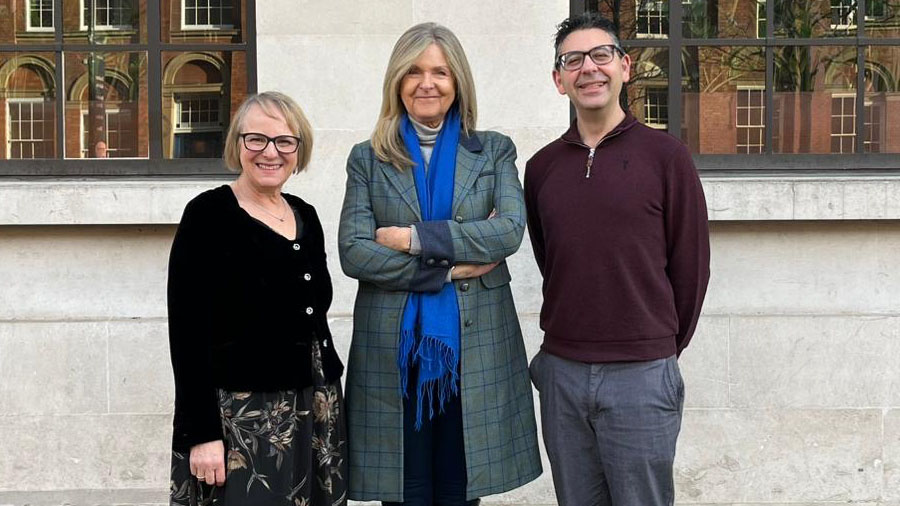
L-R: Jane Thorley Wiedler (AO Education Institute, Faculty Development), Lisa Hadfield-Law, and Ronnie Davies at the AO Foundation Faculty Education Program (FEP) in Leeds, February 2025
For over three decades, Lisa Hadfield-Law has shaped, mentored and inspired AO educators around the world. In this special interview, we mark a pivotal moment: the transition of faculty development leadership in AO UK & Ireland to Ronnie Davies. More than a handover, this conversation is an expression of shared values, honest reflection, and commitment to educational excellence.
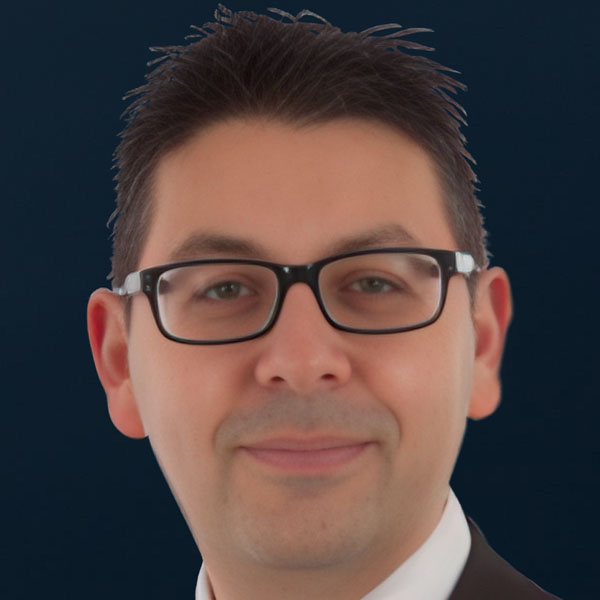
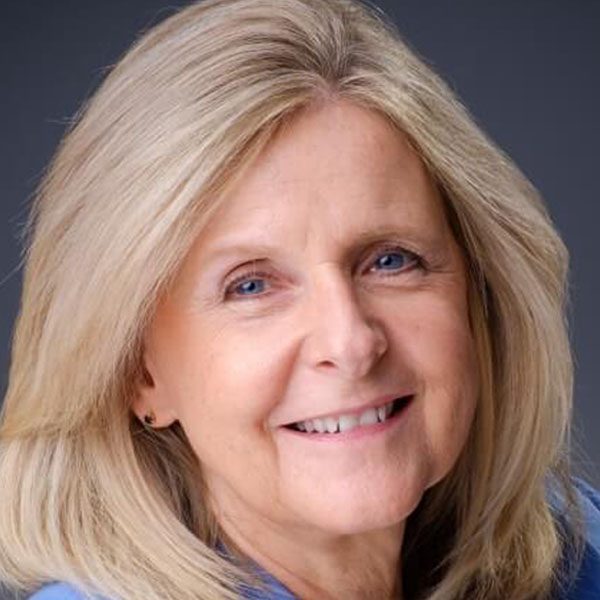
Knowing all this, I am approaching retirement with a mix of optimism and realism. I have consciously tried to actively change how I perceive myself and taper off my contributions to professional discussions and plans. Inevitably, my profile is diminishing too, so whenever I experience that slightly bereft feeling, I grab hold of it and remind myself (sometimes out loud) “It’s time…everyone has a shelf life…and I want to be away before my shelf life is up”.


This has proved more flexible and accessible for those who are limited in their opportunities to leave their home and their practice. I’ve become increasingly interested in differential attainment and the inequalities of opportunity for clinicians worldwide. AO courses are a good example; these are open to individuals who have personal resources or work at institutions and in countries where funding is available. One of the initiatives here in the UK and Ireland is the opportunity to join AO Introductory Days for Medical students. Many of those places are funded by AO members and faculty. When they come across students interested in trauma and orthopaedics, they fund the 100 CHF place on the course.


Lisa: Just as with aspects of fracture management, there is a temptation to engage with exciting new technical gizmos and lose sight of basic principles. Whilst there may indeed be opportunities for augmented, virtual and mixed reality learning, this continues to be experimental and expensive. More affordable and accessible opportunities for faculty development are available now.
Spaced learning, also known as spaced repetition, is an educational strategy that distributes learning over time, rather than cramming content into a short period. This approach leverages the psychological spacing effect, which suggests that spacing out learning events enhances memory retention and recall. How could we integrate this into our current programmes, often seductively short and focused? The reality is that firing information and experiences into our audiences over a 2,3 or 4-day course feels efficient but can be likened to trying to sip water from a fire hose.
Similarly, interleaving is a learning strategy that involves mixing different topics or types of problems during our programme instead of focusing on one topic or type of problem at a time (known as blocking). This enhances learning and retention by promoting better integration of knowledge and skills, encouraging the brain to engage in problem-solving across various contexts. So perhaps the way we construct our programmes, both synchronous and asynchronous, should be reviewed with this in mind. The learning logs we have created may be structured more effectively.
Our feedback needs some work, too. We have made significant inroads into providing structured opportunities for learning but could be rather pedestrian and dated in our approaches to feedback. Just telling learners what they are doing “right” or “wrong” can’t be considered a feedback conversation. It was you, Ronnie, who challenged my use of Pendleton’s rules around what went well and next time and introduced me to the Advocacy with Inquiry model. Pendleton's Rules and Advocacy Inquiry are both frameworks used to facilitate feedback; Pendleton's Rules are primarily focused on providing structured feedback but rarely delve deeply into the "why" behind feedback and can feel formulaic or prescriptive if used without genuine engagement.
Advocacy with Inquiry, conversely, is a conversational and collaborative approach that focuses on engaging in a dialogue about performance, understanding different perspectives, and finding solutions together. It typically involves two components:
1. Advocacy: clearly stating one's own viewpoint, suggestions, evaluations or observation, but without judgement.
2. Inquiry: actively engaging others in dialogue to understand their perspectives, thoughts, and feelings.
Maybe integrating aspects of both approaches would work for AO faculty.

Ronnie: Yes, whether on the giving or receiving end of feedback, I (like many trainers and trainees) find Pendleton to be a bit contrived.
To take the “advocacy” part further, it can be quite natural to make an observation instead and ask about it.
For example, you might say something like:
[advocacy] “I noticed that your drill slipped off as you made the pilot hole.
[enquiry 1] Do you know why that might have happened?
[follow up question] What can be done to prevent that next time?”
By using this model, the participant might consider whether they used the drill parallel to the bone, whether they used a drill guide, or other reasons for the drill slipping. By working through the thought process themselves, they can be supported to come up with a plan to prevent it, rather than being told to “drill parallel and use a drill guide”, aiming at enhancing retention and problem-solving.








Ronnie: My main concern for surgeon education stems from the fact that it is no longer novel to practise fixing synthetic bones, and several competing courses purport to offer similar learning to AO courses. Coupled with the fact that UK & Ireland orthopaedic training programmes no longer mandate an AO Principles course, I think that we need to innovate to maintain top spot in learning fracture fixation.
This starts with thinking about a key skill which need to be learned but is not currently taught: visuospatial skills using image intensification. For example, the most important step of performing a DHS is guide wire placement, yet this cannot be practised on AOUK&I courses at present. There are similar issues with distal locking experience. I hope to look at how we can use some basic technology to give course participants practice of these important skills to boost the relevance of courses.
I would also like to freshen up some of the content by making it as close to “real life” as possible. Initial thoughts include starting the day with a “trauma meeting” to discuss the types of fractures that will be fixed in some more context. Your point about spaced learning is also very important and I wonder whether there are some ways that we can extend the course to an AO Portfolio of learning over a longer period.




Ronnie: Faculty development has already been through many iterations and I am confident that it prepares AO UK&I faculty better than ever. We are working on fine-tuning the practical exercise further, and that remains my priority.
My long-term goal is to develop a faculty education programme that closely reflects both the preparation and activities required of faculty members.
I look forward to working with Dan and Ian on this over the coming years. I would also like to look at how our new coaches fit into this.
Lastly, my overarching priority is to communicate with AO and existing faculty so that any issues can be addressed and we can work together to maintain the high standards of this fantastic institution.
Praise for Lisa Hadfield-Law
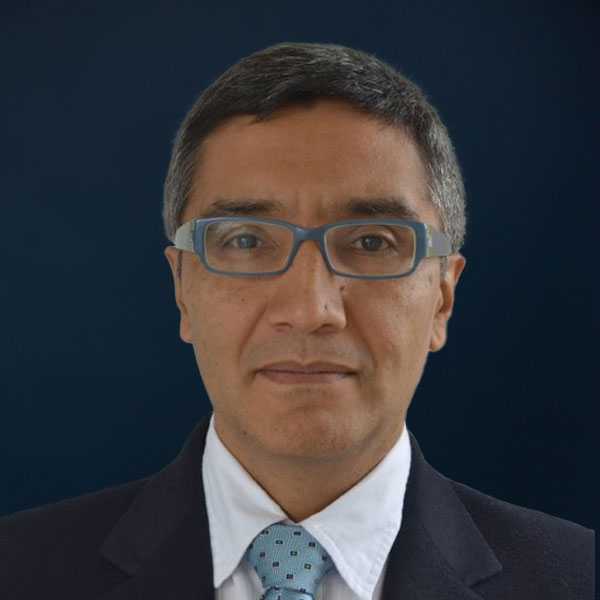
“She changed me as an educator and as a person,” writes Rodrigo Pesantez from Colombia.
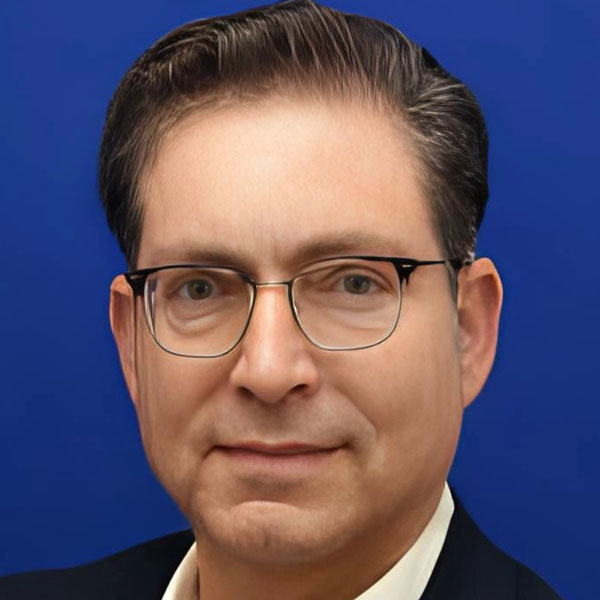
Amal Khoury from Israel praises her humor and clarity: “Even the most complex topics seemed simple with Lisa.”
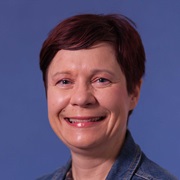
Teija Lund from Finland shared, “Lisa believed in me and helped make the world a better place through education.”

